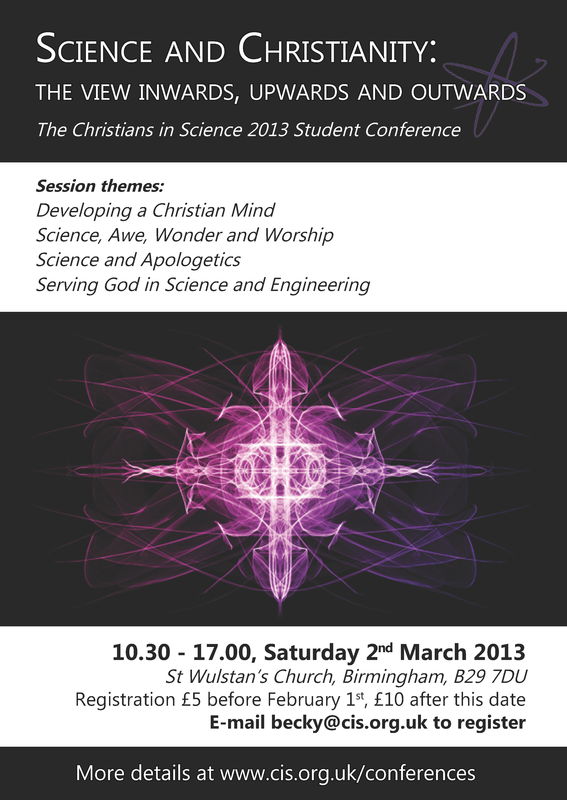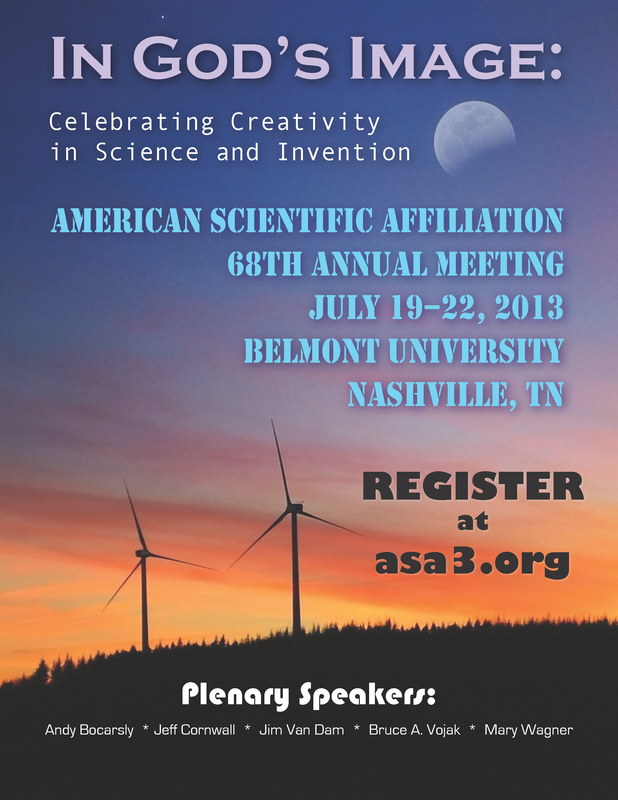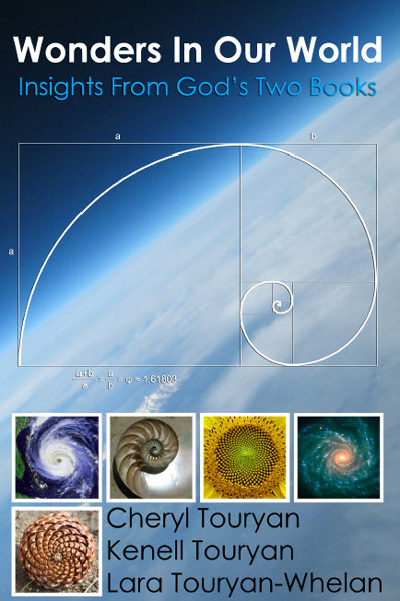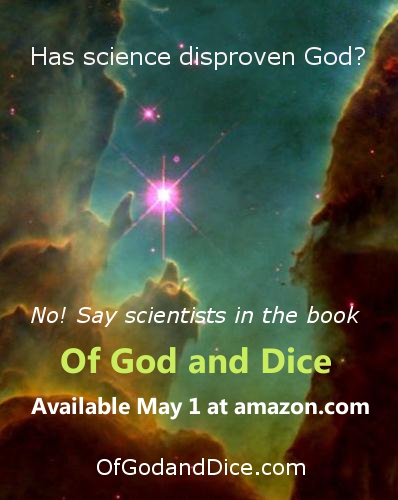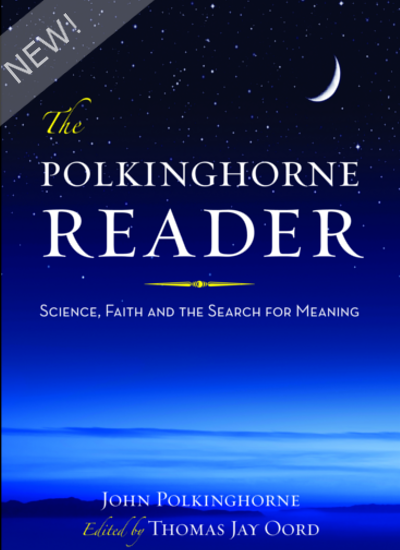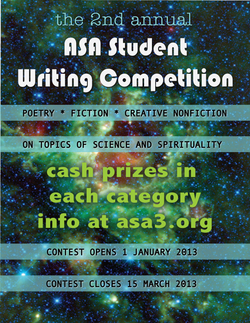Grace Hopper, Computer Pioneer
 Grace Hopper at the UNIVAC keyboard, c. 1960
by Thomas Burnett
The making of a mathematician Though there have been great advances in gender balance in the workforce in the past several decades, women today are still underrepresented in academic fields such as mathematics and the physical sciences. Looking back even further in time, we may expect that no women at all stood at the forefront of science and technology innovation. Real history, however, does not always match our expectations. In the 1920s, numerous privileged women from the Northeast received university educations. The number of women’s colleges attests to their popularity. In fact, the percentage of women receiving doctorates in mathematics during the 1920s and early 1930s was not matched again until the 1980s. In the narrative that follows, we will study the remarkable career of Grace Hopper (1906-1992), a mathematician who worked at the forefront of the computing industry for more than 40 years. During WWII, she began programming the world’s first modern computer, the Mark I, and continued as an industry leader until her death in 1992 at age 86. Grace grew up in a family devoted to learning. Her mother was an accomplished mathematician, and her father a life insurance executive. Their home was filled with books, and their two daughters received the same educational opportunities as their son. Grace majored in mathematics and physics at Vassar College, and in 1934 she earned her PhD in mathematics from Yale. She was the first woman to receive a doctorate in mathematics in this university's prestigious 233-year history. After receiving her Ph.D., Grace joined the Vassar College faculty and began teaching in the mathematics department. At this time female college professors were rare—most women taught in elementary or secondary schools. Of women who pursued careers in academia, most remain unmarried. Society at that time, and even in our own era, questioned women’s abilities to balance a demanding career with the responsibilities of family life. Grace, however, had little regard for social conformity. She married Edward Hopper in 1930. During her time as a mathematics professor at Vassar, Hopper took advantage of opportunities to further her education. Refusing to confine herself to one field, she audited courses in astronomy, physics, chemistry, geology, botany, zoology, economics, architecture, philosophy, and history of science. In her teaching, Hopper regularly incorporated other disciplines into her mathematics courses. Her interdisciplinary teaching style drew students from numerous departments to her lectures and made her a sensation across campus. Mathematician Winifred Asprey, a Vassar undergraduate in the 1930s remembered Hopper as "the most inspirational person you can possibly imagine." Working during global war During the height of WWII, a great upheaval began in Hopper’s life. She left her job at Vassar, left her husband, and joined the navy. At age 37, she attended the Naval Reserve Midshipman's School and in the summer of 1944, as we might expect, she graduated first in her class. Recognizing Hopper’s unique gifts, the Navy sent Hopper to work on a one-of-a-kind calculating machine at Harvard University. In this role, Hopper became one of the very first programmers of the world's first modern computer. It was 51 feet long and weighted 9,445 pounds. The inventor of this massive machine was Howard Aiken, a commissioned naval officer and director of the Computation Laboratory at Harvard. Taking his military title quite seriously, he referred to his machine as a "land-based ship," and Grace Hopper became a member of his crew. Since the computer had a rather cumbersome name—Automatic Sequence Controlled Calculator—Aiken renamed his equipment Mark 1. During the war, Aiken and his crew used Mark 1 to calculate solutions for rocket trajectories, proximity fuses, and mines. It also helped with problems such as radio wave propagation and ship hull design. Since there was only one functional computer in the world, the Navy put enormous pressure on the “Harvard crew” to solve technical problems 24 hours a day, seven days a week. Though it was exhausting work, Hopper became an expert in an entirely uncharted field. Because computing was a new discipline, there were no clearly defined gender roles in the workplace, and Hopper had a unique opportunity define her professional identity. But regardless of gender, what ultimately distinguished her from her peers was her immense programming knowledge, and she remained a top authority of computer programming for many decades. Now that computers are so inexpensive, powerful, and plentiful, it’s hard to imagine a time when individual bits and bytes of memory could have been so critical. But in the early days of computing, it was equally unfathomable to imagine that consumers one day would be buying flash drives which can store billions of bytes on a device the size of a stick of gum.
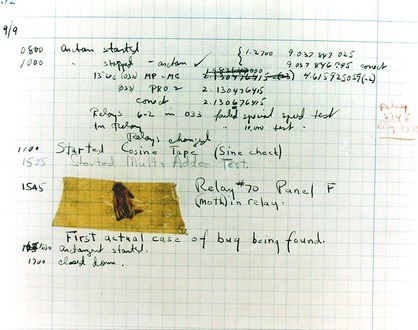 The first computer bug
Trim, attractive blondes
In the mid-20th century, computers were exclusive instruments belonging to a small elite. Not only were the machines incredibly large and expensive, they were extremely difficult and time consuming to program. Checking code and finding bugs overwhelmed programmers so that they hardly had time to innovate. In the midst of this frustrating situation, Hopper developed a vision of a computer language that employed English words and phrases, not just numbers and symbols, so that anyone could learn to program. To prove her point, Hopper conducted an experiment in which she attempted to turn a “trim, attractive blonde” into a computer programmer. Her research subject was Marilyn Mealey, a 19-year-old high school graduate from Philadelphia. She was a “prettier than average” girl who liked to swim, listen to records, and window shop during lunch hour. Given Hopper’s track record as a teacher, success was inevitable, and she published her results in Popular Electronics, a magazine for gadget geeks who believed that pretty blondes belonged nowhere near a computer. In contrast to her peers, Hopper saw what others could not envision, and she worked tirelessly to ensure that computing would become accessible to everyone. To that end, Hopper became one of the inventers of COBOL (Common Business Oriented Language), the most successful computer programming language ever created. Its chief advantage was allowing programmers to use the English language rather than series of numbers and symbols. Creating a universal language is something that no person can do alone. Completing a project of this magnitude requires organizational genius, and Grace Hopper led the way. Using her extensive professional networks, she laid the groundwork for the May 1959 meeting of the Committee on Data Systems and Languages (CODASYL). She enabled forty representatives from seven government agencies, eleven companies, and ten computer manufacturers to work together to produce a common business language. COBOL was the result. Ten years after the introduction of COBOL in 1960, it became the most widely used programming language throughout the world. By the turn of the 21st century, an estimated 240 billion of the 300 billion lines of computer code (80% of all code) was written in COBOL. Bugs and Crashes Since Grace Hopper was present at the dawn of the computer age, she witnessed many of great “firsts.” Among the more humorous episodes is her story of the first computer bug, which she discovered on September 9, 1945: One night Mark II conked out and we went to look for the bug and found an actual large moth, about four inches wing span, in one of the relays beaten to death, and we took it out and put it in the log book and pasted Scotch tape over it. Though the word “bug” had been used by engineers since the time of Thomas Edison, Hopper was the first to apply that term to computer programming. After that fateful night, Hopper and the rest of the Harvard crew began to tell their boss Howard Aiken that they were "debugging" the computer when either the hardware or the coding went awry. In those days, computer failures were also far more dramatic than ours. The Mark I and Mark II relied on thousands of mechanical parts, and errors in the code could cause the whole system to suddenly stop moving and emit a sound that sounded like a horrible collision: "The crash of that thing sounded as if a plane had run into the building," Hopper recalled. "You never heard such a crash in your life." Now that computers are so inexpensive, powerful, and plentiful, it’s hard to imagine a time when individual bits and bytes of memory could have been so critical. But in the early days of computing, it was equally unfathomable to imagine that consumers one day would be buying flash drives which can store billions of bytes on a device the size of a stick of gum. From WWII to the end of the 20th century, no one had a better view on this revolutionary process than Grace Hopper. All too human We are accustomed to thinking about our greatest scientists and industry leaders as superheroes who work with machine-like efficiency, but they, too, are human, and they experience many of the same personal challenges and limitations that we do. For Grace Hopper, the stress of working around the clock during wartime, plus being at the forefront of the emerging computing industry, took a great personal toll on her. She struggled with alcoholism for many years, and in 1949, six months after leaving Harvard, she contemplated suicide. Without unceasing support from her friends and family, Grace Hopper could not have made the impact on the computing industry that we have come to know. Epilogue Mathematics and computer programming are notorious for being male-dominated professions, but this gender inequality is also present in a less prominent field: science and religion discourse. Both fundamentalists and atheist communities rely on predominantly male leadership to give voice to their strident and aggressive positions. Even moderate groups like BioLogos and the American Scientific Affiliation are marked by this gender imbalance. Fortunately though, there are notable exceptions. Women such as Jennifer Wiseman, Deborah Haarsma, and Katharine Hayhoe all work tirelessly to promote positive dialogue in highly contentious areas. But being pioneers and peacemakers is exhausting, thankless work, and they need our continuous support, encouragement, and prayers to blaze the trail towards a more harmonious relationship between science and Christian faith. Author’s Note: I am indebted to the research of Kurt W. Beyer, whose biography Grace Hopper and the Invention of the Information Age <http://www.amazon.com/Invention-Information-Lemelson-Studies-Innovation/dp/0262517264/ref=sr_1_1?s=books&ie=UTF8&qid=1358443906&sr=1-1&keywords=grace+hopper> served as the foundation for this essay. |



